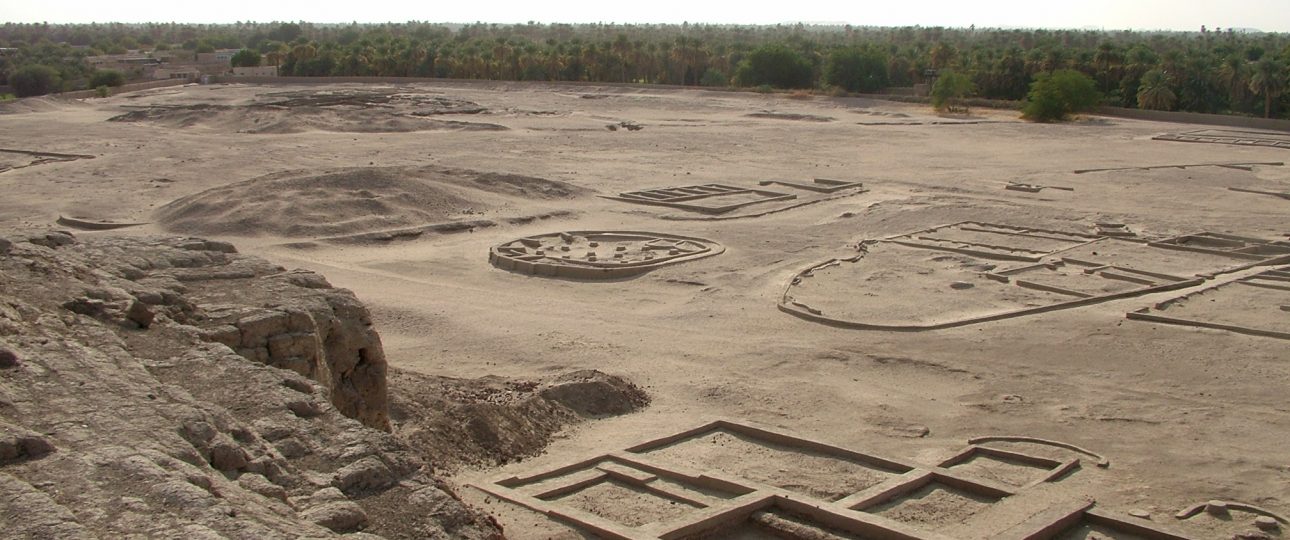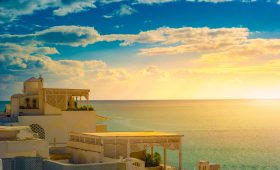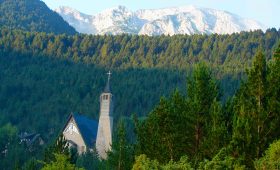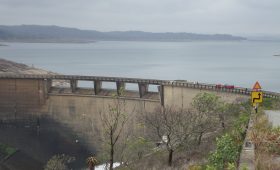Exploring Kerma: A Journey Through Time and Nature
Kerma, located along the Nile River in Sudan, offers a unique blend of history and natural beauty. This ancient city was once the capital of the Kingdom of Kerma, a powerful civilization that rivaled Egypt. As you explore Kerma, you’ll find yourself immersed in a rich tapestry of history and stunning landscapes.
Unveiling Kerma’s Historical Significance
Kerma’s history is deeply intertwined with its archaeological sites. The city was a major center of the Kerma culture, which thrived from around 2500 BC. It was a formidable political entity, controlling regions from the 1st to the 4th Cataracts of the Nile. This made its domain as extensive as ancient Egypt.
The Great Deffufa
The Great Deffufa is a massive mud-brick structure that stands as a testament to the architectural prowess of the Nubian people. This structure served as the religious and administrative hub of the Kingdom of Kerma. Its imposing presence offers a glimpse into the past, showcasing the ingenuity of its builders.
The Royal Cemetery
Nearby, the Royal Cemetery provides insight into the funerary practices of the ancient Kermans. The cemetery is home to large tumuli, where rulers were buried with intricate decorations. These tombs reflect the wealth and power of Kerma’s elite, offering a window into the civilization’s social structure.
Embracing Kerma’s Natural Beauty
Kerma is not just about history; its natural landscapes are equally captivating. The region offers a diverse range of scenery, from the lush banks of the Nile to the expansive desert dunes.
Nile River Cruises
Experience the tranquility of the Nile River with a leisurely cruise. As you glide along the water, you’ll witness the vibrant ecosystem that thrives along its banks. Keep an eye out for local wildlife, including various bird species and the occasional crocodile.
Desert Adventures
For those seeking adventure, the surrounding desert offers thrilling opportunities. Embark on a 4×4 safari to explore the vast dunes and take in the panoramic views. The desert’s stark beauty is a striking contrast to the lush riverbanks.
Best Time to Visit Kerma
Plan your visit between November and February when the weather is cooler and more comfortable for exploring. During these months, you can enjoy the archaeological sites and outdoor activities without the intense heat.
Traveling to Kerma
To reach Kerma, fly into Khartoum, Sudan’s capital, and then take a domestic flight to Dongola. From Dongola, Kerma is a two-hour drive away. The journey offers scenic views of the Nile, making the trip an integral part of the experience.
Getting Around Kerma
Once in Kerma, you’ll find that the city is small enough to explore on foot. For longer distances, consider these options:
Taxis
Taxis are available and provide a convenient way to navigate the area. Be sure to agree on the fare before starting your journey to avoid misunderstandings.
Bicycles
For an eco-friendly option, rent a bicycle. This allows you to explore at your own pace, taking in the sights and sounds of Kerma.
Summary
- Kerma is an ancient city with a rich history, once the capital of a powerful kingdom.
- The Great Deffufa and the Royal Cemetery are key historical sites that offer insight into the Kerma civilization.
- Nile River cruises and desert safaris provide diverse experiences of the region’s natural beauty.
- The best time to visit is from November to February for pleasant weather.
- Travel involves flying to Khartoum, then to Dongola, followed by a drive to Kerma.
- Local transportation includes taxis and bicycles for exploring the area.




